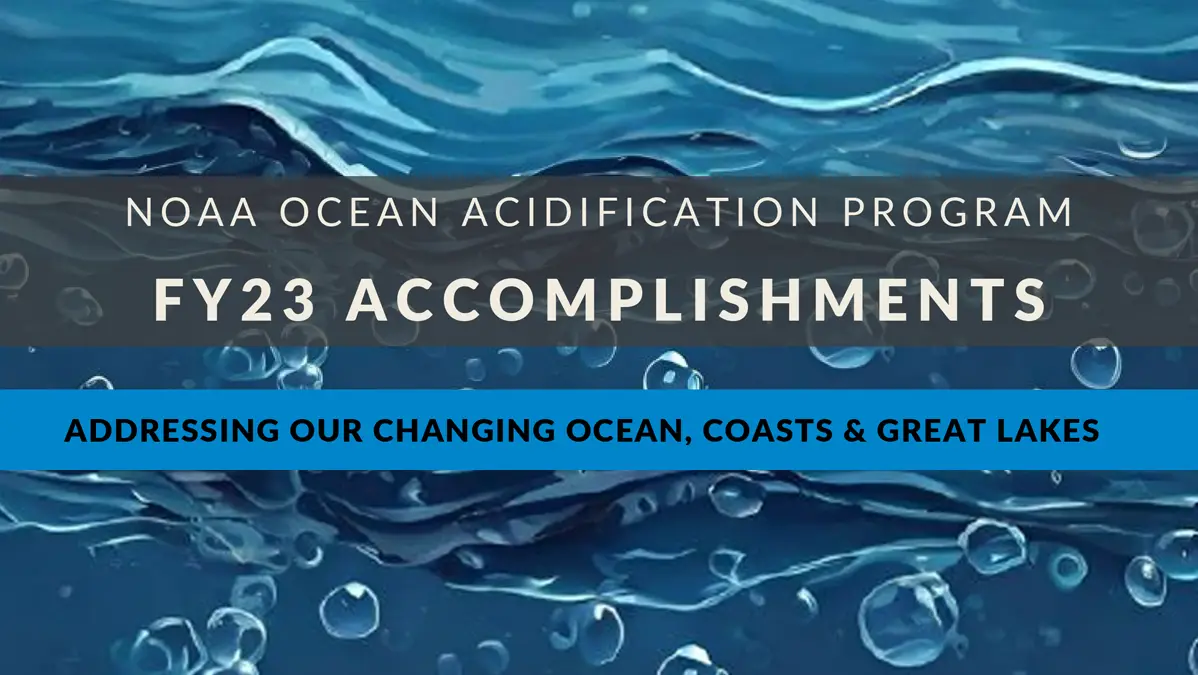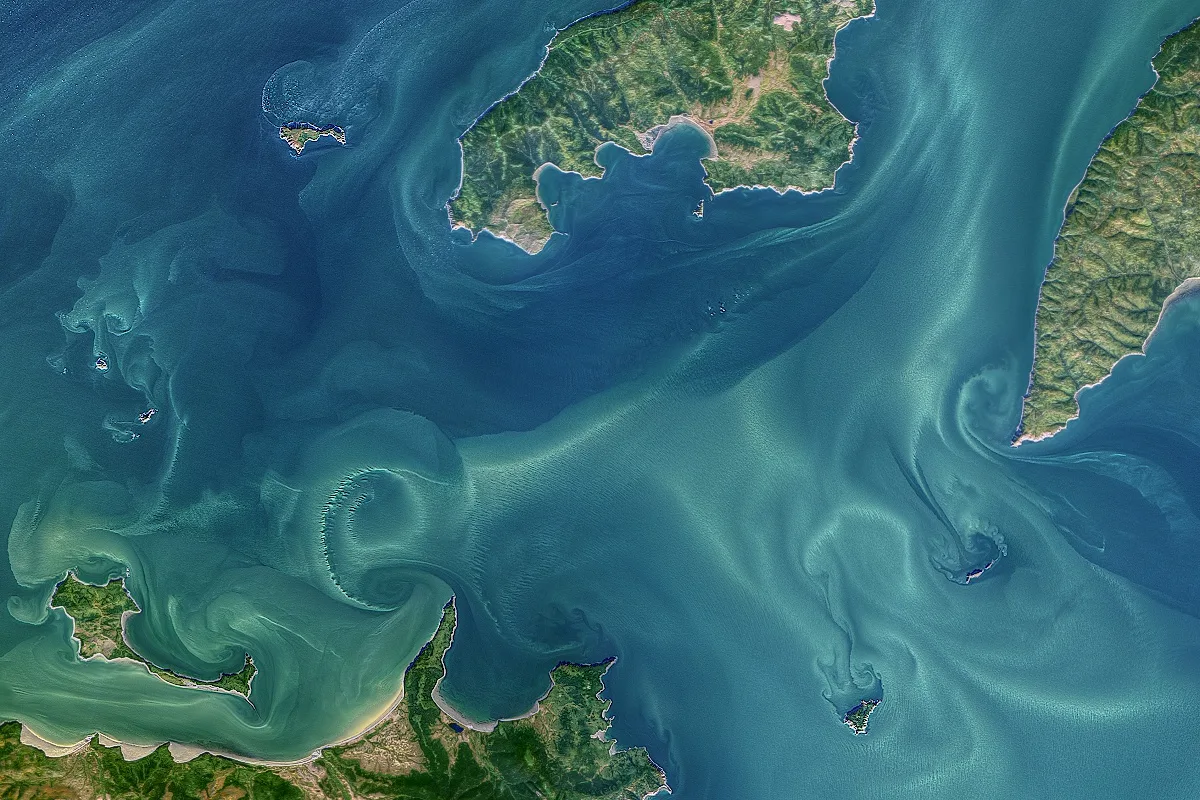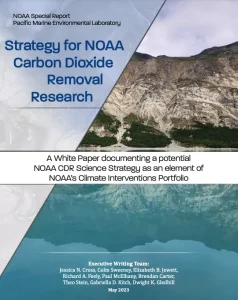Carbon Dioxide Removal
Mitigating Ocean Acidification and Climate Change
Jump to Section
What's New
See our most recent news related to carbon dioxide removal
NOAA OAP selects, funds, and manages high priority, high-quality research, monitoring, and outreach activities to understand how fast the acidification is changing, and impacts these changes have on marine life, people, and economies. Check out some of the 2023 accomplishment highlights.
The NOAA Ocean Acidification Program on behalf of the National Oceanographic Partnership Program (NOPP) announces $24.3M of funding aimed at bringing together academic researchers, federal scientists and industry to advance research in marine carbon dioxide removal. Funding supports research that expands understanding of various aspects of marine carbon dioxide removal
What is Carbon Dioxide Removal?
Carbon dioxide removal aims to remove carbon dioxide (CO2) from the atmosphere and store it on land, underground, or in the ocean.
Carbon dioxide removal (CDR), also referred to as negative emissions or carbon drawdown, aims to remove carbon dioxide (CO2) from the atmosphere and store it long-term underground or in the ocean. In addition to curbing emissions, CDR is now considered by the Intergovernmental Panel on Climate Change an essential approach for limiting global warming to 1.5 – 2 °C, which is a tipping point with expected major, irreversible ecological and social impacts. There are many techniques and strategies to remove CO2 from the atmosphere, some of which operate on land whereas others are in the ocean. Ocean-based methods are often referred to as marine CDR (mCDR). These techniques differ in their readiness for deployment and there are many unknowns about scalability, effectiveness, cost, and social and ecological impacts.
More about ocean-based CDR techniques
More about land-based and other CDR techniques
NOAA’s CDR Research Strategy presents the benefits and risks of different land-based and ocean-based techniques and NOAA assets available to assess them
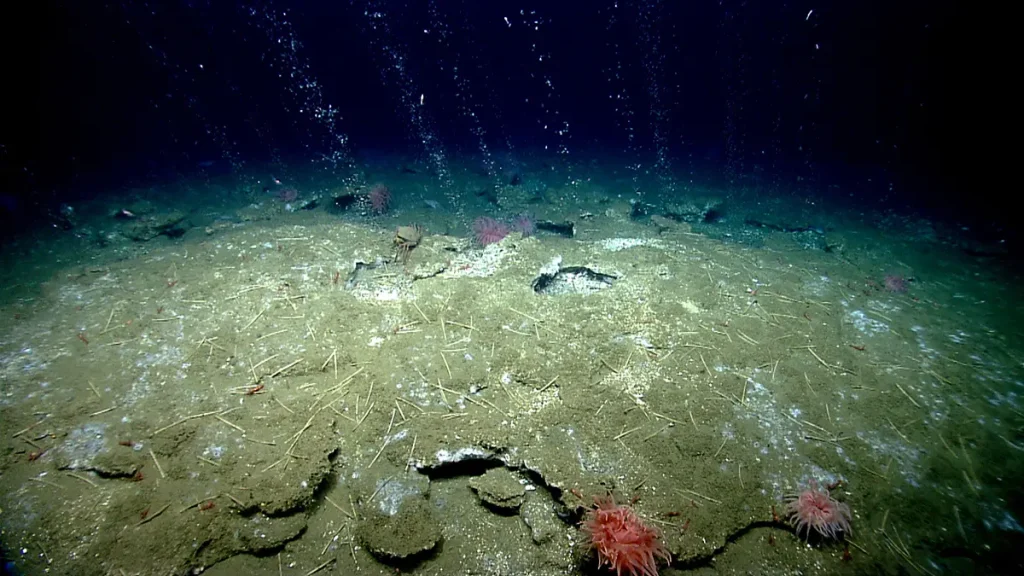

Marine CDR & Ocean Acidification
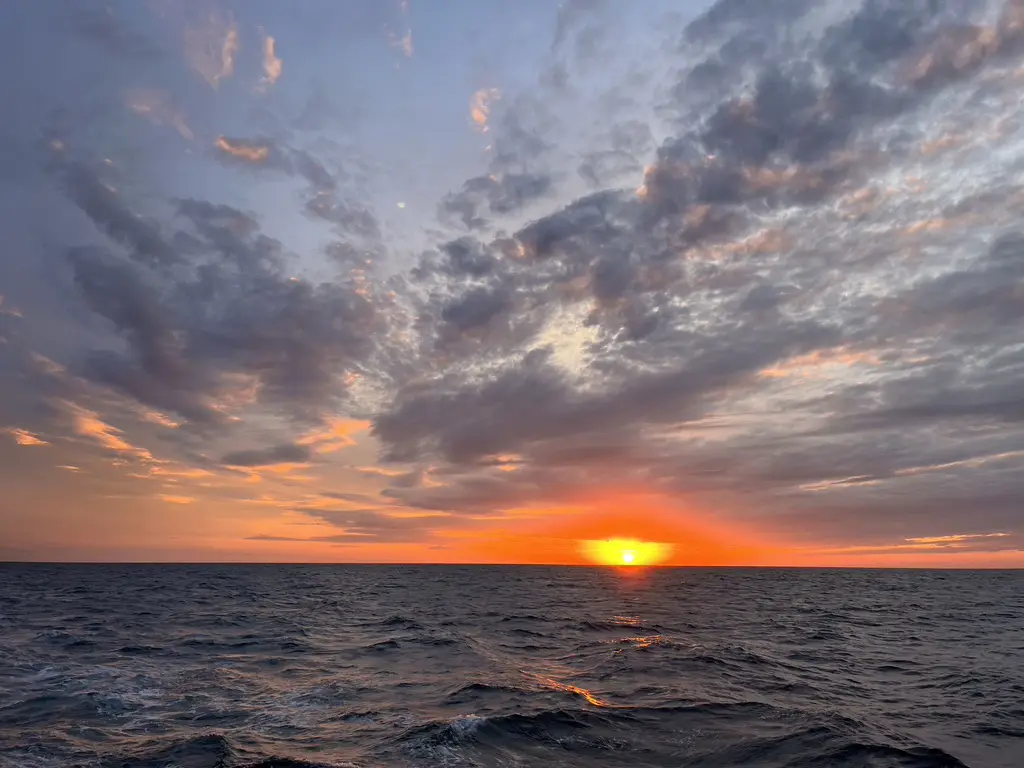

NOAA's Investment in CDR Research
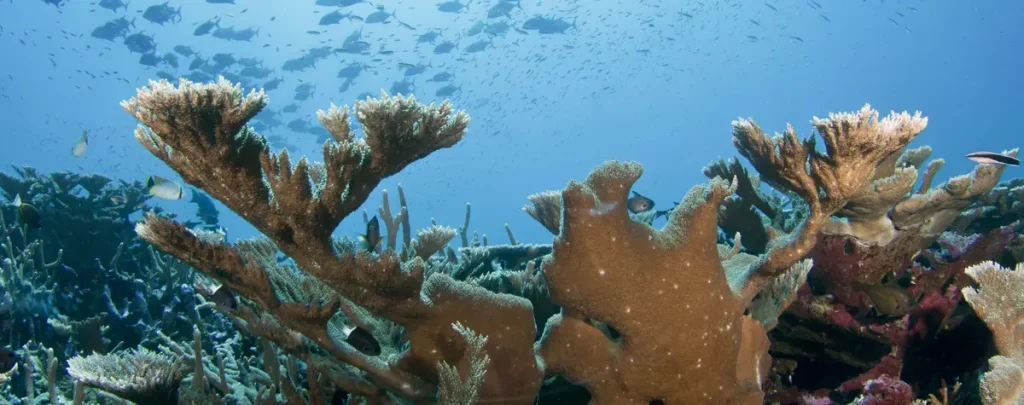

Why is NOAA investing in CDR research?
NOAA’s existing observational network and research programs position it to lead in the analysis of impact, effectiveness, feasibility, and risk of many CDR techniques. NOAA was created more than 50 years ago to study linkages between the ocean and atmosphere. Assessing the effectiveness of CDR approaches is directly related to its mission.
- The Intergovernmental Panel on Climate Change 6th Assessment Report shows that emission reductions alone won’t be sufficient to avoid catastrophic impacts of rapid global warming.
- Carbon pollution in the atmosphere acts like a heat-trapping blanket, increasing the planet’s temperature and changing ocean chemistry in ways that disrupt natural cycles and our climate.
- Researchers are exploring the potential for removing carbon pollution from to human activity, and sequestering it in long-term reservoirs underground or in the ocean.
- NOAA’s emphasis on big-picture, long-term monitoring and its existing research capabilities are ideally suited to understand, evaluate, and verify public and private entities’ exploration of CDR efforts and their potential for success.
- NOAA's existing mandates, programs, and activities already intersect with CDR research.
Strategy for NOAA Carbon Dioxide Removal Research
NOAA’s CDR research strategy outlines what we know about existing technologies and what we need to learn to make the best decisions moving forward to meet climate goals.
NOAA can contribute to advancing our understanding through:
- Coastal observing networks and data assimilation
- Modeling, scaling & projecting CDR pathways
- Ecosystem research & assessing impacts
- Decision support
Carbon Dioxide Removal Projects
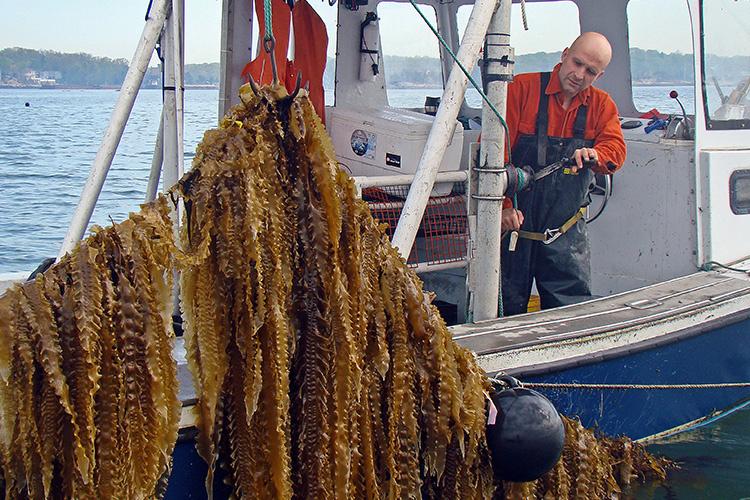

- PI(s): Andreas Andersson
- Fiscal Year Funded: 2023
Award amount: $1,451,575Duration: 3 yearsFunding agency: NOAA Ocean Acidification Program (OAP), National Oceanographic Partnership Program (NOPP) Why we care Growing seaweed in the ocean could be one way to alleviate some..
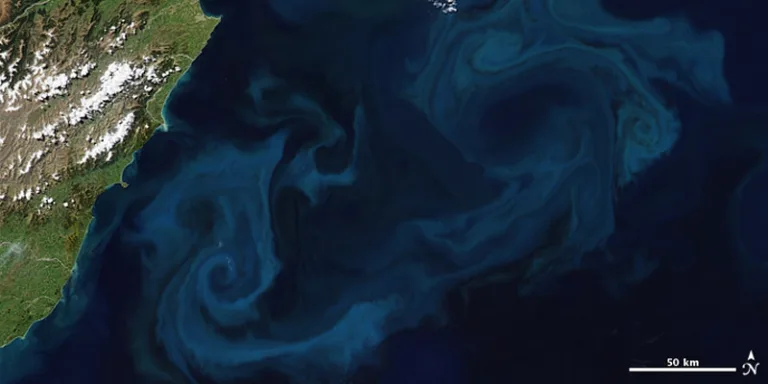

- PI(s): Dennis McGillicuddy
- Fiscal Year Funded: 2023
Why we care Iron is a critical limiting nutrient for phytoplankton in the ocean. Iron fertilization adds this limiting nutrient to promote phytoplankton blooms as a way to take up..
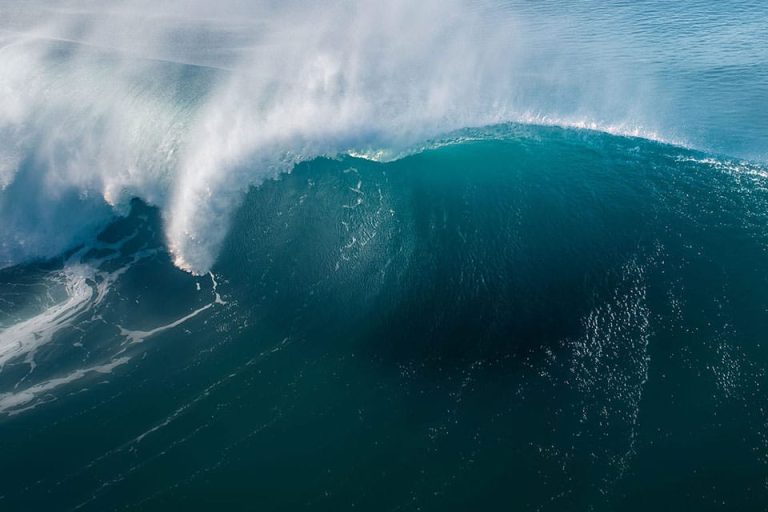

- PI(s): Burke Hales
- Fiscal Year Funded: 2023
Why we care Ocean alkalinity enhancement has the potential to capture carbon and mitigate ocean acidification. While ocean alkalinity enhancement is a promising approach for removing carbon from the atmosphere,..
Carbon Dioxide Removal Resources
- Audience: CDR, Educator, General Audiences, Industry, Policy Maker, Resource Manager, Student
- Type: Communication Best Practice, Infographic
- Audience: CDR, Educator, General Audiences, Industry, Policy Maker, Resource Manager, Student
- Type: Communication Best Practice, Infographic
- Audience: CDR
- Type: General Info/ Website
Get involved with ocean acidification
The NOAA Ocean Acidification Program exists to meet the ocean acidification research and monitoring needs of the U.S. See how you can get involved to serve your community and participate in cutting-edge research and education and outreach.
